Imagine an interior design project where classic dances with contemporary and vintage meet industrial, and each choice is a unique stroke in the framework of creativity. The search for harmony in diversity is a stimulating challenge, and for professionals, it represents an opportunity to create truly unique and engaging spaces. The key is to mix and match different decorative styles.
"Harmony is when one plus one equals three or more, not two."
Michael Graves, American architect
The harmony of a space is not limited to the addition of elements. When we combine different components and characteristics, the final result transcends the simple sum of the parts. The surprising combination of decorative styles creates something new, unique, and more powerful. Therefore, true harmony will be in the synergistic interaction of various decorative styles, providing character and depth to a room.
This is what will bring your projects to life, avoiding monotony.
Still, this needs to be done correctly. Otherwise, the result will be a weird mix of different things. But how do we guarantee harmony and beauty? You will find all the answers in this article, with 5 practical tips on implementing mixing styles.
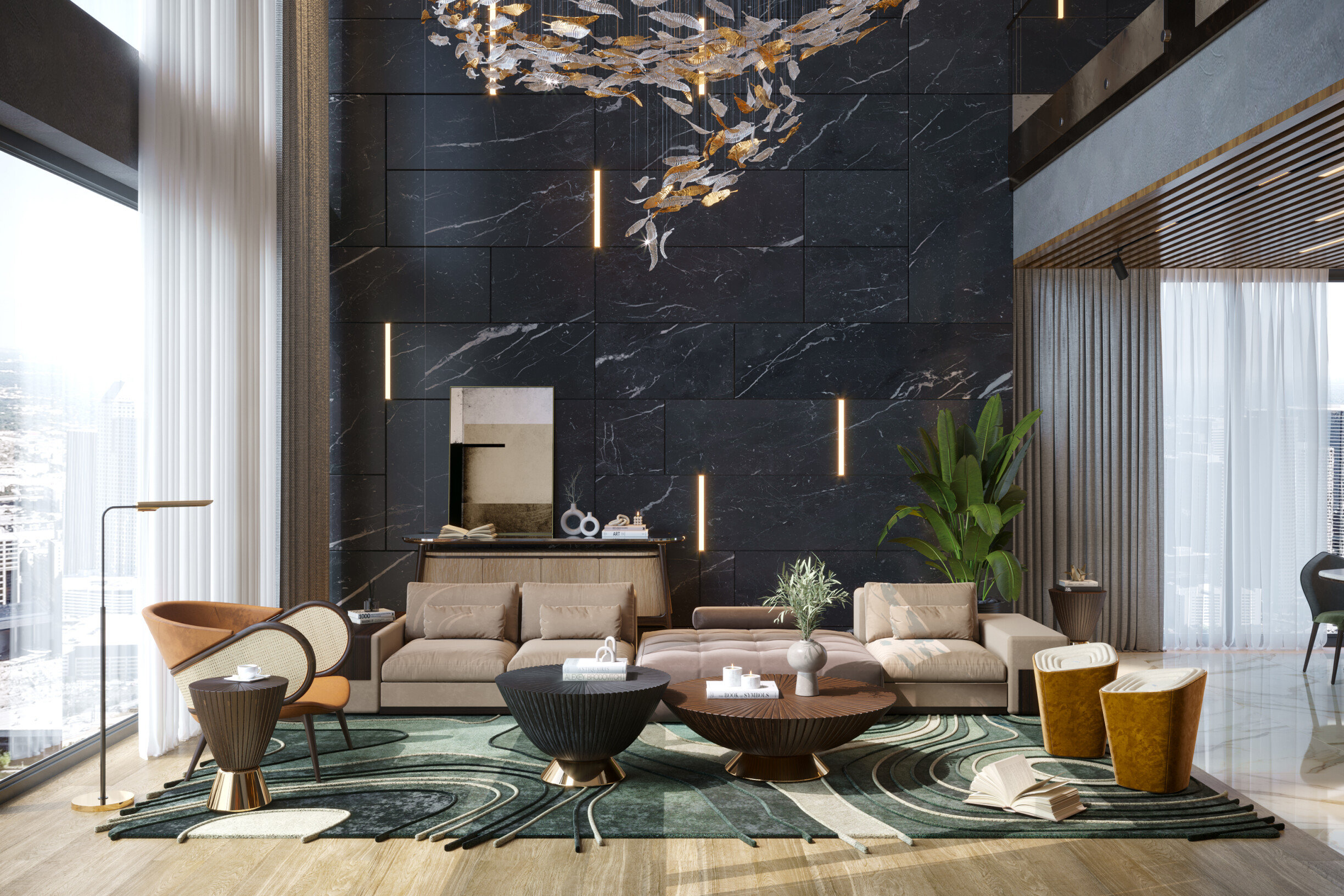
There are several reasons why mixing decorative styles has become an important and often essential practice:
Expression of individuality: each person is unique, and therefore, your customers will have different experiences, tastes, and personalities. Mixing styles allows people to express their individuality, creating spaces that are a true reflection of themselves;
Avoid standardization: using a single decorative style can result in monotonous and predictable spaces. On the contrary, mixing styles provides visual interest and prevents the space from feeling cookie-cutter;
Reflects the evolving nature of interior design: mixing styles reflects the dynamic nature of the sector, allowing spaces to adapt to contemporary trends and changing personal tastes;
Maximizes existing resources: mixing styles allows the incorporation of existing pieces into the area, avoiding the need to replace furniture and accessories entirely in situations where we are talking about remodeling;
Create unique and memorable areas: this is an opportunity for designers to create truly unique spaces, challenging conventions and stimulating creativity;
The role of an interior designer is to create a space that embodies individuality, comfort, and personal expression. That's why combining different styles will turn a space into a refuge that reflects identity and promotes well-being.
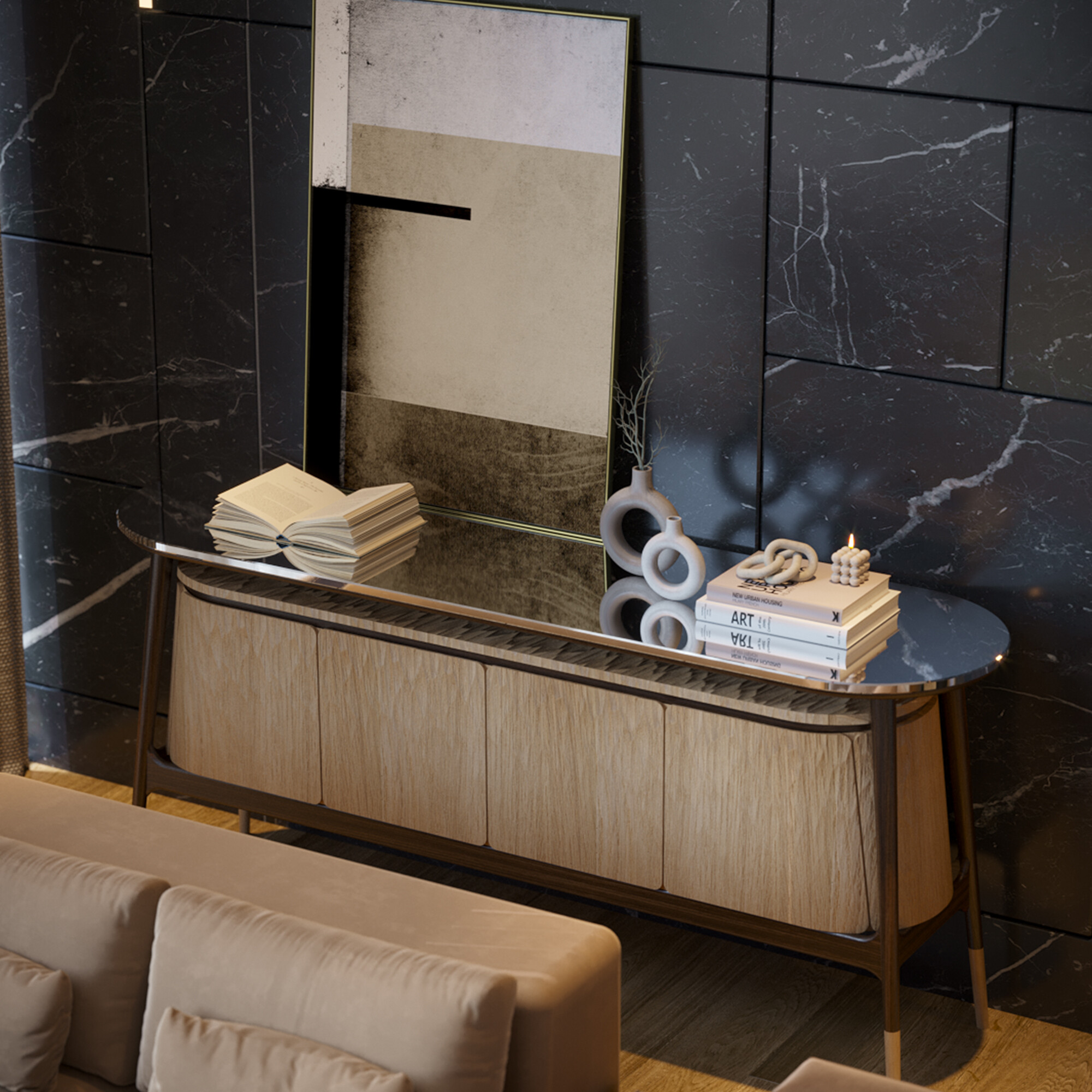

The key to a successful mix of styles is clearly understanding the client and the space. As a designer, starting each project with a thorough analysis of the client's preferences, lifestyle, and identity is essential. Knowing these elements will provide a solid basis for choosing which styles to combine, ensuring that the client's expression is the guiding principle.
You will only be able to mix styles if you can develop a deep understanding of the most common decoration styles and know their unique characteristics.
When mixing styles, it's essential to establish a cohesive visual narrative. Each element must contribute to the story that the space tells. This requires a clear vision and a curatorial approach, where each piece is chosen precisely to contribute to the overall harmony. The best way to understand how the elements combine is through a moodboard, which will help you visualize the final result.
Finally, flexibility is a virtue for the interior designer who sets out to embark on this journey. You must be prepared to adjust and adapt choices according to the evolution of the project. Furthermore, flexibility allows creativity to develop.
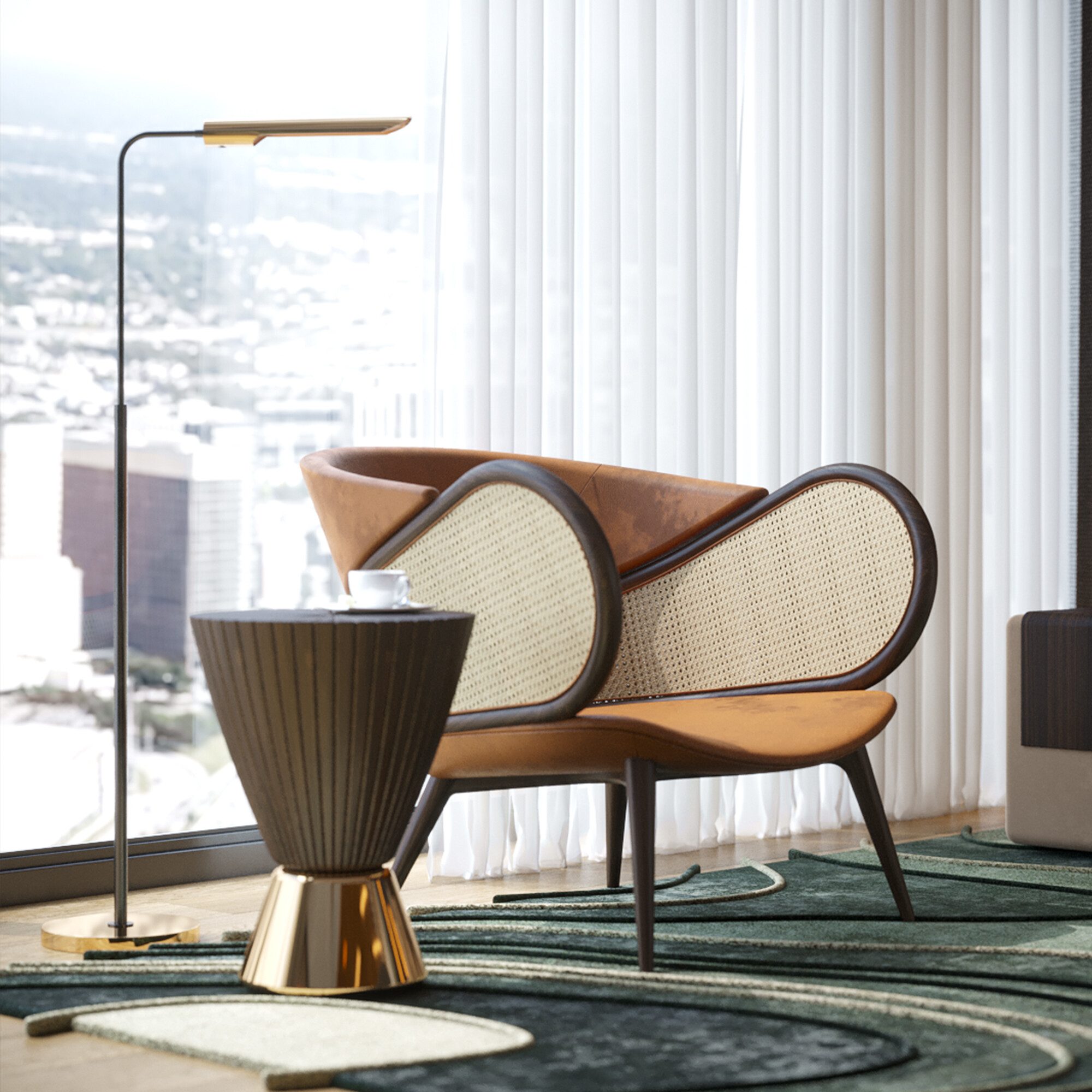
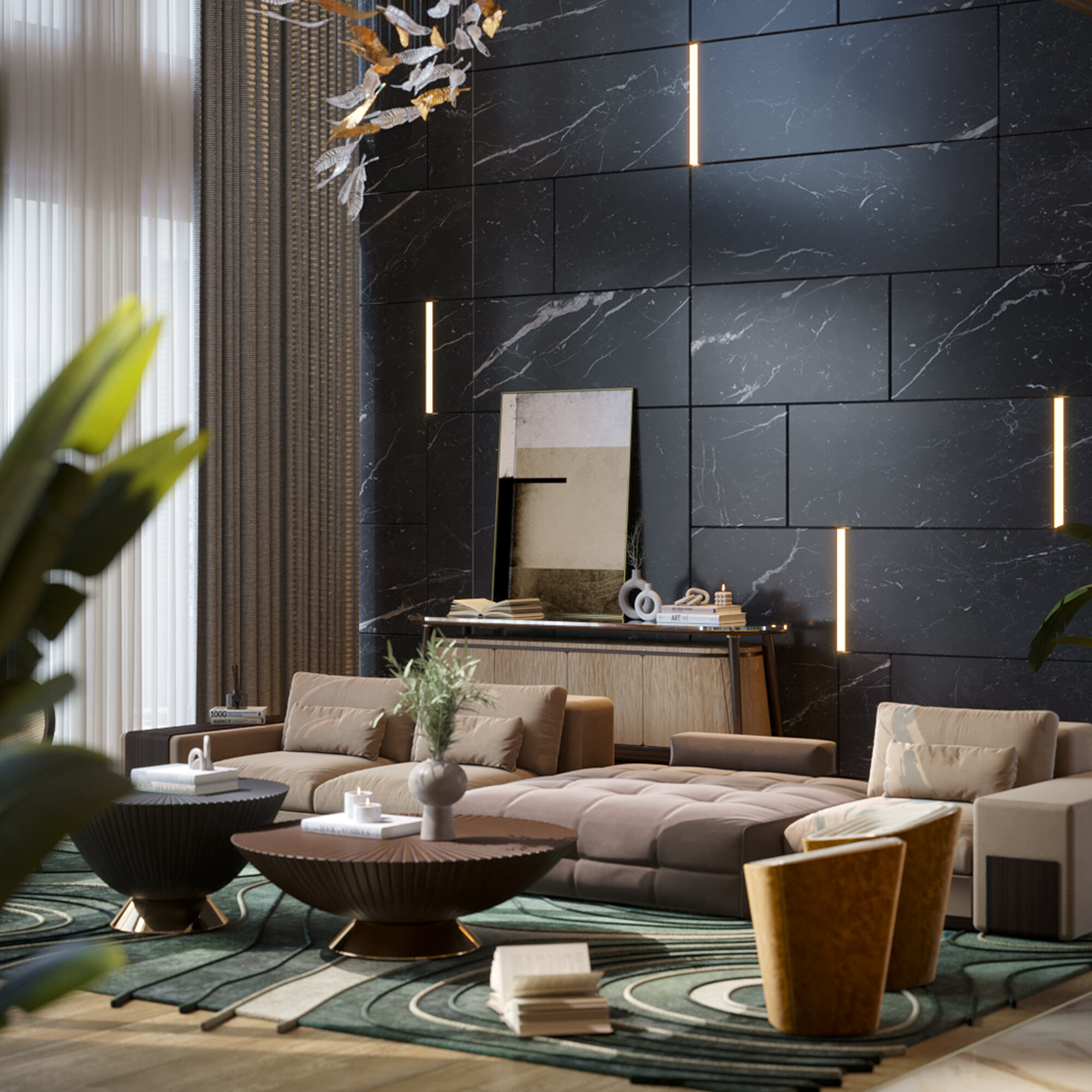
When starting an interior design project with the intention of mixing styles, it is essential to have open and comprehensive communication with the client. Questioning the client strategically helps to understand their preferences, needs, and vision for the space. Here are 5 key questions to consider:
Is there a specific style you like or dislike? (It can be helpful to identify styles that the customer already wants or would prefer to avoid.)
What are your favorite colours? (The colour palette the customer prefers can influence the styles that complement each other.)
Would you like to include specific textures or materials in the design? (These preferences can guide your selection of styles and decorative elements.)
What are the primary functional needs of the space? (Understanding the room's primary function helps practically guide stylistic choices.)
Are there specific cultural or thematic influences you would like to incorporate? (This can pave the way for mixing styles inspired by different traditions or eras.)
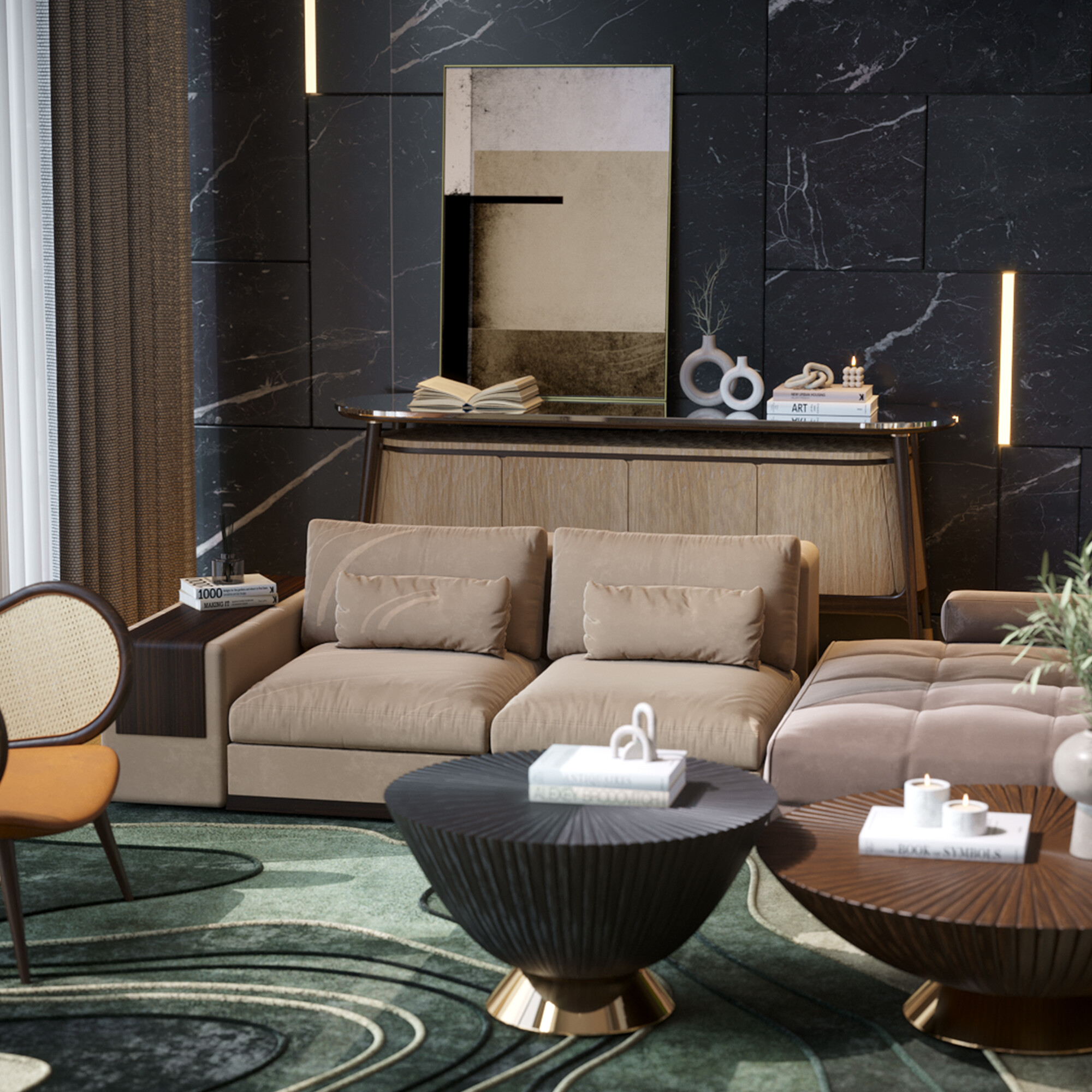

The main goal when mixing styles is to create a space that the eyes and the mind view as a whole. Try our 5 tips to mix styles and make a cohesive and unified room.
Balancing scales and proportions is crucial when mixing styles. Ensure that furniture and decorative elements are proportional in size to each other. This helps to prevent one style from visually dominating the other, contributing to an aesthetic balance.
Add more compact armchairs around the sofa to create a contrast of scale. Choose armchairs that are visually lighter and proportional to the size of the sofa. This adds variety to the space and allows different styles to coexist harmoniously.
Using just three or four colours in a room helps convey the idea of a unified, planned space. On the contrary, using many diverse colours will create visual chaos. A limited colour palette provides a smooth transition between distinct elements.
Knowing that choosing the colour palette for a project can be a challenge, our tip is to maintain a neutral colour palette that allows you to highlight some different elements through colour.
Mixing different textures and materials adds dimension and visual interest. Materials play a central role in determining the look and feel of a room, affecting the visual and emotional perception of spaces in many ways. Also, texture is one of the most powerful tools at designers' disposal for creating aesthetically appealing, functionally adequate, and emotionally captivating rooms. This will, without a doubt, be the formula for success.
Combining natural elements, such as wood and stone, with more modern materials, such as metal and glass, can create a rich and engaging atmosphere.
Let's imagine a living room area. What better combination than a velvet sofa in a rich colour, like the Al-Hijr modular sofa from ALMA de LUCE in Deep Red with the Ginkgo side tables with table top in Nero Marquina and Estremoz Marble and the body in solid walnut? Velvet adds a soft, luxurious texture, and wood and marble provide a natural, robust texture.
The focal point will be the unifying element of the different styles. It can be a colour, a pattern, a texture or an object. This element will create visual cohesion, even in contrasting styles.
In a scenario where the objective is, for example, to mix decorative styles in a room, the focal point and unifying element could be a headboard with personality, such as the Kintsukuroi bed from ALMA de LUCE.
Personalizing is a valuable tip when mixing styles in interior design, as it allows the space to reflect your client's unique identity and individual tastes. Combining personalized elements creates a visually and emotionally rich experience, where different styles converge into a cohesive and engaging narrative.
Choose furniture and accessories with meaning or history. You can include pieces with personal meaning for your client or distinguish them using the creation process or materials.
The art of mixing styles reveals itself as a bold and captivating expression. By interweaving contrasting elements, we challenge convention, celebrating the richness of stylistic diversity. Each choice, texture, colour and piece becomes notes in a visual harmony. The resulting spaces tell visual stories, revealing the essence and individuality of their inhabitants. Following our tips, mixing and matching styles in decor will be much simpler and more objective.
Did you like this blog article? So, stay tuned to receive more information and curiosities from the universe of architecture, interiors and construction!
You can also follow us on Instagram, Facebook, and Pinterest for all our updates and news.